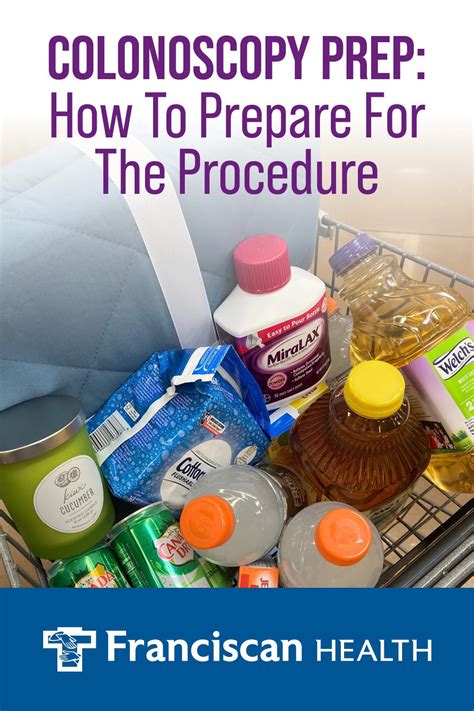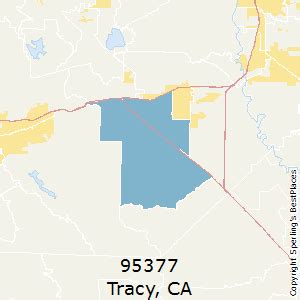Preparing for a colonoscopy is a crucial step in ensuring the procedure is both safe and effective. A colonoscopy is a diagnostic tool used to visually examine the inside of the colon and rectum for polyps, cancer, and other abnormalities. The preparation process, while often considered the most challenging part of the procedure, is designed to cleanse the bowel of fecal matter, allowing for a clear view of the colon’s interior. Here’s a comprehensive guide on how to prep for a colonoscopy:
Understanding the Importance of Preparation
The colon is a part of the large intestine, and its inner lining is where polyps and cancer can develop. For a colonoscopy to be effective, the colon must be completely empty and clean. Any remaining fecal matter can obscure the view, potentially leading to missed diagnoses or the need for repeat procedures.
Pre-Procedure Instructions
Your healthcare provider will give you specific instructions on how to prepare for your colonoscopy, but most preps follow a similar protocol:
Dietary Changes: Start by modifying your diet a few days before the procedure. You’ll be advised to avoid foods that are high in fiber, such as nuts, seeds, popcorn, and raw or dried fruits and vegetables. The goal is to reduce the amount of residue in your colon.
Clear Liquid Diet: Usually, 24 hours before the procedure, you’ll be told to switch to a clear liquid diet. This includes clear broths, clear soups, gelatin,Clear soda, and plain water. Avoid any liquids that are red or purple, as they can be mistaken for blood during the procedure.
Bowel Prep Medications: The most critical part of the preparation is the bowel prep. You’ll be given a laxative, which comes in different forms, such as a liquid, pill, or powder that you mix with water. The prep may be taken in one dose the evening before the procedure or split into two doses, one the evening before and the second a few hours before the colonoscopy. Follow the instructions provided by your healthcare provider carefully.
Staying Hydrated: It’s essential to drink plenty of clear liquids to stay hydrated, especially after taking the bowel prep. Drinking enough liquids will help replace the fluids lost due to the laxative effect.
Tips for Making the Prep Easier
- Plan Ahead: Make sure you have all the necessary supplies, including clear liquids and any comfort foods that are allowed, before starting your prep.
- Stay at Home: The bowel prep can cause frequent bowel movements, so it’s a good idea to stay close to a bathroom.
- Use Petroleum Jelly or Baby Oil: Applying petroleum jelly or baby oil around the anal area can help soothe irritation caused by the bowel movements.
- Chill Your Prep: Some people find that chilling the bowel prep liquid in the refrigerator can make it taste better.
- Consider Having a Support Person: It can be helpful to have someone with you during this time, especially if you’re feeling unwell or need assistance.
The Day of the Procedure
- Finish Prep as Instructed: Complete the bowel prep according to your healthcare provider’s instructions.
- Arrive Early: Plan to arrive at least an hour before your scheduled procedure time to fill out any necessary paperwork and get settled.
- Bring a List of Questions: If you have any questions or concerns, write them down and bring them with you.
After the Procedure
After the colonoscopy, you’ll be taken to a recovery area where you can rest for about an hour. You might feel a bit groggy from the sedation, and you could experience some bloating or gas. Once you’re feeling better, you can resume your normal activities, but you should avoid driving or operating heavy machinery for the rest of the day.
Conclusion
While preparing for a colonoscopy requires some effort and endurance, it’s a critical step in maintaining your health. By following the instructions provided by your healthcare team and being proactive about your preparation, you can help ensure that your colonoscopy is both safe and effective. Remember, the goal of a colonoscopy is to detect and potentially prevent colon cancer and other issues, making the temporary discomfort of the prep well worth the long-term benefits to your health.
What should I expect during the colonoscopy procedure itself?
+During the procedure, you’ll be given sedation to help you relax. You’ll lie on your side on an examination table, and the doctor will insert the colonoscope into your rectum. Air will be puffed into your colon to inflate it, allowing the doctor to see the interior more clearly. The doctor will then carefully examine the entire length of your colon, removing any polyps they find and taking tissue samples if necessary.
How long does it take to recover from a colonoscopy?
+Most people can resume their normal activities the day after the procedure. However, it’s recommended to avoid heavy lifting, driving, or operating heavy machinery for at least 24 hours. You might experience some bloating, gas, or mild cramping, but these symptoms usually resolve on their own within a day.
What are the potential risks or complications of a colonoscopy?
+While colonoscopy is a safe procedure, there are potential risks and complications. These can include bleeding, perforation of the colon, and adverse reactions to the sedation. However, these complications are rare, occurring in less than 1% of cases. Your healthcare provider will discuss the risks and benefits with you before the procedure.



